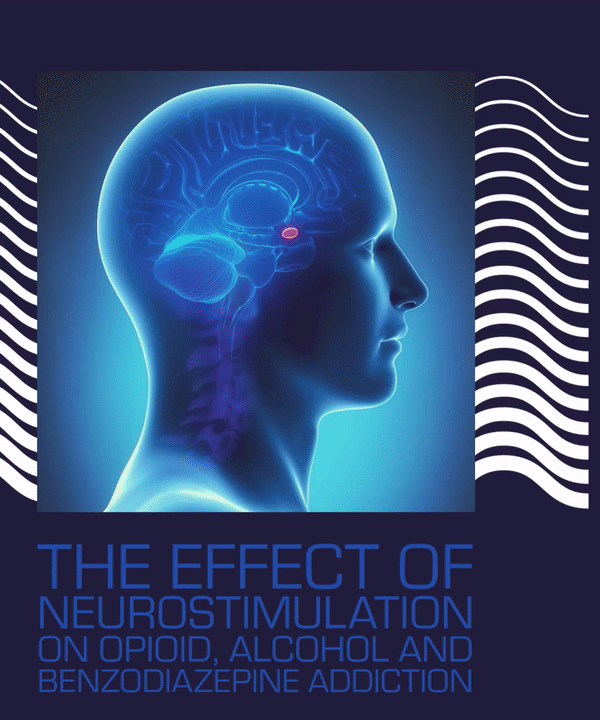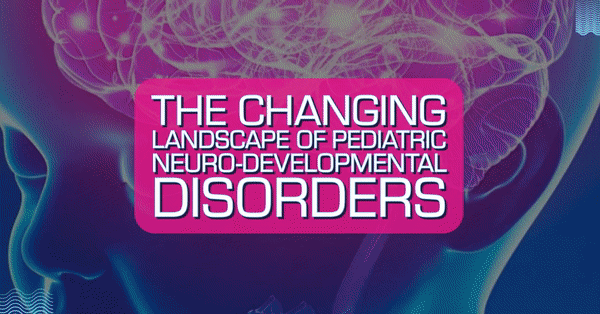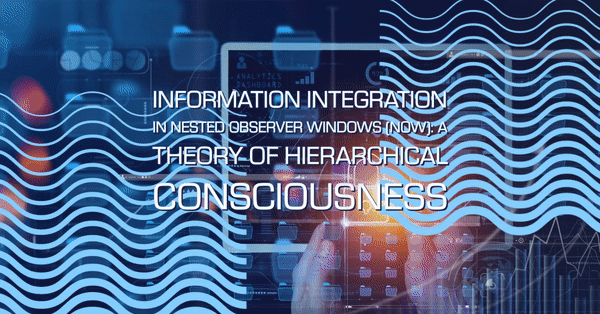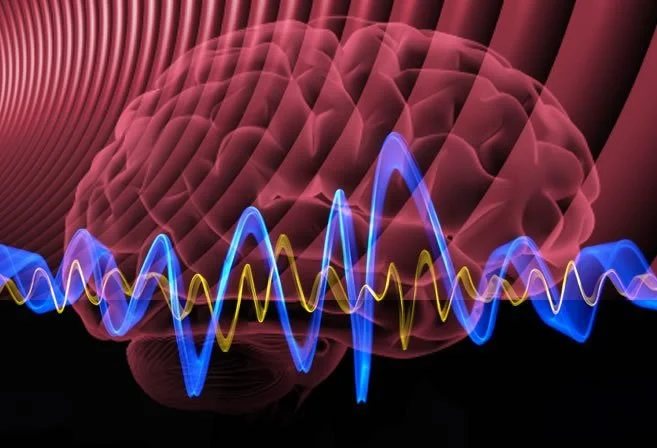Last Year’s Conference Topics
Looking Back at 2022
Presented by: Dave Siever
Transcranial DC Stimulation (tDCS) has been extensively studied since the 1980s, totalling roughly 750 studies to date. A major advantage of tDCS is that it may be applied directly over an area of concern where the cortical activity over a specific site on the brain may be enhanced or suppressed, much like NF.
Presented by: Asa Young
Fundamental ties between brain and body is a ubiquitous thesis that has emerged in various shapes and sizes, yet always constant in its central message: the substrates that combine the brain to its neuroanatomical foundations are necessary to the health and integrity of both the system and the agent that pilots it.
Presented by: Jeffrey Bruno
Learning the unique role of color, lesser-known aspects of the thalamus, and why thalamic-cortical dysrhythmias may hold the key to treating most psychiatric conditions…
Presented by: Jay Gunkelman
Paroxysms and epileptiform activity are obviously seen in epilepsy and can be treated effectively with neurofeedback. The incidence of unexpected discharges in clinical cases without epilepsy is really quite surprising to those not familiar with the literature…
Presented by: Robert Turner
Over the past 40 years in medicine and neurosciences, there has been a significant trend in more complex and more severe pediatric diseases of the developing nervous system – primarily due to significant environmental factors that have developed over the past 100 years. […] …the proper study, understanding, and interpretation of readily available neurodiagnostic tests, such as EEG and QEEG, yield tremendous insights and clinical correlations into the underlying pathogenesis of abnormal symptoms.
Presented by: Tiff Thompson
This talk covers the fundamentals between signal (i.e. EEG rhythms and patterns) and aperiodic noise in the brain and the latest findings on aperiodicity, as well as its clinical application.
Presented by: Lara Schuhlz
In this session, we will delve into some of the hardest cases we have worked on in our practice in Australia. One aspect of our focus in our clinic is a Trauma Recovery Program. One aspect of our focus in our clinic is a Trauma Recovery Program.
Presented by: Ashlie Bell
Recent research within the fields of neuroscience, medicine, and psychiatry has revealed intricate interconnections between the brain and the endocrine system. Gonadal hormones, such as estrogen, progesterone, and testosterone, impact much more than just reproduction; rather, they have been found to influence neural structure, brainwaves, neurotransmitters, and other aspects of brain function.
Presented by: Jonathan Schooler
Subjective experience is often conceptualized as a monologue, and yet it is commonplace to experience conflicting thoughts. In our model of consciousness, we assert that the mind is a dialogue, or debate, between different desires and unique interpretations of events.
Presented by: Rob Lenzie
Rob has developed a Patent Pending process for delivering tACS. This tech enables the effect of tACS on the EEG to be seen and recorded in real-time, without drowning the EEG signal. Not surprisingly, the tech shows each brain has a unique tACS frequency response curve…
Presented by: Wesley Center
The array of end organ innervations of the vagus nerve, coupled with increased basic science evidence, has led to vagus nerve stimulation (VNS) being explored as a management option in several clinical disorders, such as heart failure, migraine, and inflammatory bowel disease. Invasive (surgically implanted) and non-invasive (transcutaneous) techniques of VNS exist…
Presented by: Meryln Hurd
Exploration of the first forms of bio/neurofeedback and what we believed we could discover regarding the brain. Introduction of 19 channel training with coherence and phase lag to decrease the number of sessions and increase the changes needed. Introduction of 19 channel training with coherence and phase lag…
Presented by: Arnaud Delorme
Deep learning applied to EEG and EEG connectivity analysis are two recent computational methods applied to EEG analysis. Deep Learning has achieved impressive performance on many tasks, such as object detection, image recognition, image retrieval, etc…
Presented by: Taylor Capozziello
This talk is to dive into a deeper level on brain waves and their generators. In our practice of neuromodulation we work with brain waves every day, but can be confused by conflicting statements of what brain waves do what and where they are generated from….
Presented by: Alan Macy
The presentation focuses on the nature of affect, its relationship to emotion and sensed physical phenomena occurring in the body. Also considered is the relationship between organ systems in the context of autonomic nervous system behavior….
Presented by: Anadi Martel
Vision is our main sensory gateway, and optic nerve pathways convey the full information of colored light to essentially all areas of the brain. Light can therefore exert a major neurological influence….

















